
Inspired by Black Music Month, LGBTQ Pride Month, and the June 16 birthdays of The O’Jays’ Eddie Levert, 2Pac, N.W.A.’S MC Ren, Ian Matthews, Banks, and legendary songwriter Lamont Dozier.

Inspired by Black Music Month, LGBTQ Pride Month, and the June 16 birthdays of The O’Jays’ Eddie Levert, 2Pac, N.W.A.’S MC Ren, Ian Matthews, Banks, and legendary songwriter Lamont Dozier.
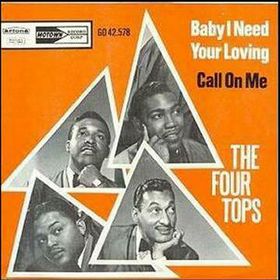
Inspired by Black Music Month, LGBTQ Pride Month, and the June 6 birthdays of The Four Tops’ Levi Stubbs, Gary “U.S.” Bonds, The Libertines’ Carl Barat, Junior, Joe Stampley and Jimmie Lunceford.
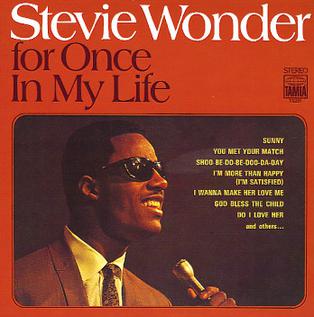
Inspired by the May 13 birthdays of Stevie Wonder, Alison Goldfrapp, Mary Wells, Ritchie Valens and Bea Arthur.
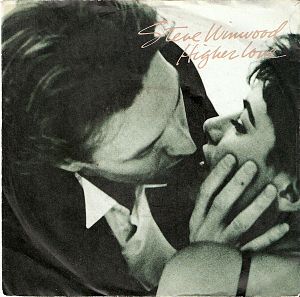
Inspired by the May 12 birthdays of Burt Bacharach, Steve Winwood, George Carlin, Ian Dury, James Purify, Jimmy Spicer, Billy Squier, Billy Swan and songwriter/producer Norman Whitfield.
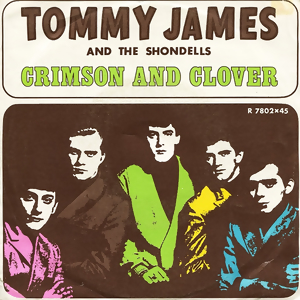
Inspired by the April 29 birthdays of Willie Nelson, The Coasters/Robins’ Carl Gardner, Tommy James, Tammi Terrell, The KLF’s Bill Drummond, The Brady Bunch’s Eve Plumb, Duke Ellington, Romeo Void’s Debora Iyall, Lonnie Donegan, Rod McKuen, Otis Rush and April Stevens; and the April 28 birthdays of Sonic Youth’s Kim Gordon, Goodie Mob’s Big Gipp, Too $hort and Blossom Dearie.
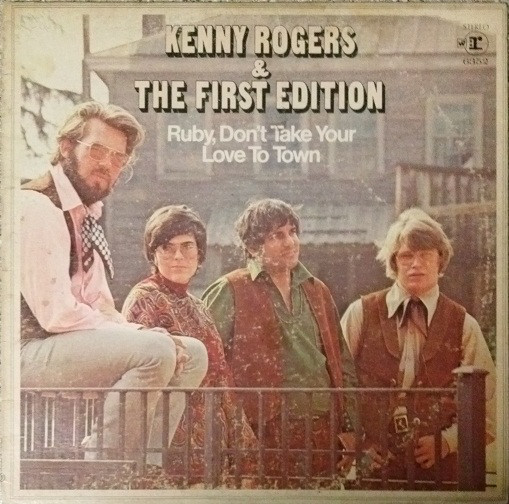
Inspired by the passing of Kenny Rogers, the March 21 birthdays of The Stylistics’ Russell Thompkins Jr., Solomon Burke, The Prodigy’s Maxim, Eddie Money, Mungo Jerry’s Ray Dorsett, Bonzo Dog Doo-Dah Band’s Vivian Stanshall; and World Poetry Day.

No other pop song so thoroughly challenged and transformed the commercials laws and artistic conventions of its time, for all time.
– Rolling Stone, naming Bob Dylan’s “Like a Rolling Stone” the greatest song of all time
If it came out now, it would still be radical. For 1965, it was mind-blowing, as was its success. Six minutes long, sung by a guy who sounded nothing like the other singers on the radio, with confrontational often insulting lyrics. Somehow, it went all the way to #2 on the Billboard Hot 100, kept from the top spot by The Beatles’ “Help!” As Rolling Stone wrote, “Just as Dylan bent folk music’s roots and forms to his own will, he transformed popular song with the content and ambition of “Like a Rolling Stone.”
Thanks in part to “Like a Rolling Stone” and “Help!” and Motown and Stax and the Rolling Stones and other British Invasion acts, 1965 was one of the best years for pop music. Tunes du Jour celebrates Throwback Thursday with a second playlist of tracks from this stellar year (the first playlist can be found here), kicking off with a Bob Dylan record that changed the rules.
Click here to like Tunes du Jour on Facebook!
Follow me on Twitter: @TunesDuJour
Follow me on Instagram: @GlennSchwartz
Between the British invasion, the growth of Motown, and the girl group sound, many arguments could be made as to why 1964 was the best year for pop music. Here are twenty:
Click here to like Tunes du Jour on Facebook!
Follow me on Twitter: @TunesDuJour
Follow me on Instagram: @GlennSchwartz
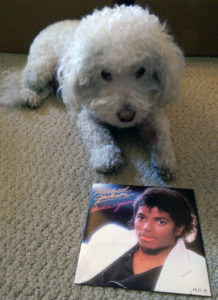
MTV debuted on August 1, 1981. Back then it was a music video network. It positioned itself as a rock station. Most of the videos shown were of songs made by Caucasian performers, though rock-leaning black acts such as Joan Armatrading and the Bus Boys got some play.
Then came “Billie Jean.” The second single from Michael Jackson’s Thriller, “Billie Jean” was accompanied by a stylish video featuring a mesmerizing performance from Jackson. However, it wasn’t a rock song. It didn’t fit the format of rock radio stations, and it didn’t fit the format of MTV either.
But there is a big difference between radio and music television. There were plenty of radio stations and many different formats. You may not hear “Billie Jean” on the rock stations, but you could hear it on r&b stations and pop stations and dance-leaning stations. However, there was only one music television – MTV.
In his autobiography, Howling at the Moon, Walter Yetnikoff, head of CBS Records, for whom Jackson recorded (and where I worked in my first music business job), wrote “I screamed bloody murder when MTV refused to air [Jackson’s] videos. They argued that their format, white rock, excluded Michael’s music. I argued they were racist assholes – and I’d trumpet it to the world if they didn’t relent. I’ve never been more forceful or obnoxious. I’ve also never been as effective, threatening to pull all our videos. With added pressure from [Thriller producer] Quincy Jones, they caved in, and in doing so the MTV color line came crashing down.”
Jackson’s video for “Billie Jean” aired on MTV, followed just weeks later by his video for “Beat It,” a song whose guitar solo from Eddie Van Halen helped make it a hit on rock radio. These two videos made Jackson, already a superstar, a worldwide phenomenon with a humongous fan base that transcended race, age and location in a way never seen before. These two videos made MTV, a year and a half old and fairly popular in white suburban areas, a cultural institution. These two videos made the music video, then not something done for many singles, particularly those performed by artists of color, an art form and a necessary marketing tool.
Some people tuned in to MTV to see the Michael Jackson videos, and while watching the channel, discovered other acts. Some people tuned in to MTV to watch “white rock” videos, and while watching the channel, discovered Michael Jackson.
MTV went to showcase more “non-rock” videos. In 1988, they launched their hugely popular program Yo! MTV Raps, something that would have been completely unexpected just five years earlier, pre-“Billie Jean.”
While MTV deserves credit for making “Billie Jean” and Thriller successful, the person most responsible is Jackson himself. He wrote the song. He sang the song. He danced the song. Quincy Jones did not want “Billie Jean” to appear on Thriller. He didn’t like the title. He didn’t like the bassline. He felt the song’s introduction was too long. Jackson argued “But that’s the jelly!…That’s what makes me want to dance.” Jones wasn’t ready for this jelly, but Jackson stood his ground.
In May of 1983, NBC aired a tribute to Motown Records. Motown: Yesterday, Today, Forever featuring many legends who recorded for the storied label performing their classics. We saw Diana Ross, the Temptations, Marvin Gaye, Smokey Robinson and the Miracles, Stevie Wonder, the Four Tops, Martha Reeves, Lionel Richie and the Commodores, Mary Wells, Junior Walker and then some. It was a terrific show, but the talk of the town following its airing was the performance of a song not from the Motown catalogue – Michael Jackson’s “Billie Jean.” The iconic performance, during which Jackson brought the famous moonwalk to the world at large, pushed him that much more ahead of any other performer working in music back then.
Following “Beat It,” CBS Records released four more singles from Thriller. All seven of the singles released (the album had only nine songs!) went top ten, breaking the record of most top ten hits from a single-artist album that was set a few years earlier by…Michael Jackson, whose Off the Wall gave us four. Before Thriller, four singles for one album was considered a lot. Thriller raised the bar for blockbuster albums, and subsequent releases such as Bruce Springsteen’s Born in the U.S.A., Prince’s Purple Rain, Def Leppard’s Hysteria and Janet Jackson’s Control each produced more than four hits.
“Billie Jean” changed everything.
On this week’s Throwback Thursday playlist, Tunes du Jour spotlights 1983, kicking off with Michael Jackson’s classic “Billie Jean.”
Click here to like Tunes du Jour on Facebook!
Follow me on Twitter: @TunesDuJour
As a songwriter, Gloria Jones charted with Gladys Knight & the Pips’ “If I Were Your Woman,” the Four Tops’ “Just Seven Numbers (Can Straighten Out My Life),” and Marvin Gaye and Diana Ross’ “My Mistake (Was to Love You).” As a producer, Gloria Jones hit the top ten on the disco chart with Gonzalez’s “Haven’t Stopped Dancing Yet.” But as a lead singer, Jones failed to make the pop, r&b or dance charts.
In 1973, while on a trip to the United States, British DJ Richard Searling purchased a copy of a Gloria Jones single from 1965. The A-side was a song called “My Bad Boy’s Comin’ Home,” but it was the B-side that really got Searling’s attention.
Northern soul music (uptempo American soul music in a sixties Motown vein yet without commercial success) had a large cult following in the northern England at that time, and Searling played the Gloria Jones b-side during his sets.
Northern soul fan David Ball loved the song. When he and his musical partner, Mark Almond, who together comprised the duo Soft Cell, were looking for a song to cover, they went with the Jones song, thinking it would be interesting for a synth band to cover a soul tune. Their record label asked them to add guitar, bass and drums to the track, but the duo refused. Despite this, the label put out the singer. Almond told Rolling Stone magazine “We thought if we were really lucky, we’d scrape into the top 75 in Britain. We didn’t think anything would happen over here [in the US].”
Soft Cell’s recording of “Tainted Love” became a smash worldwide. In the US, it spent 43 weeks on Billboard’s Hot 100, a record at that time. Said Gloria Jones of the Soft Cell recording “Their version was far better than mine.”

This week, Tunes du Jour celebrates Throwback Thursday with twenty great tunes from 1982, kicking off with Soft Cell’s version of “Tainted Love,” but first, check out Gloria Jones’ original: